Many foods that were once considered humble or even undesirable have undergone remarkable transformations, evolving from prison fare to gourmet delicacies. Here are some notable examples:
Lobster
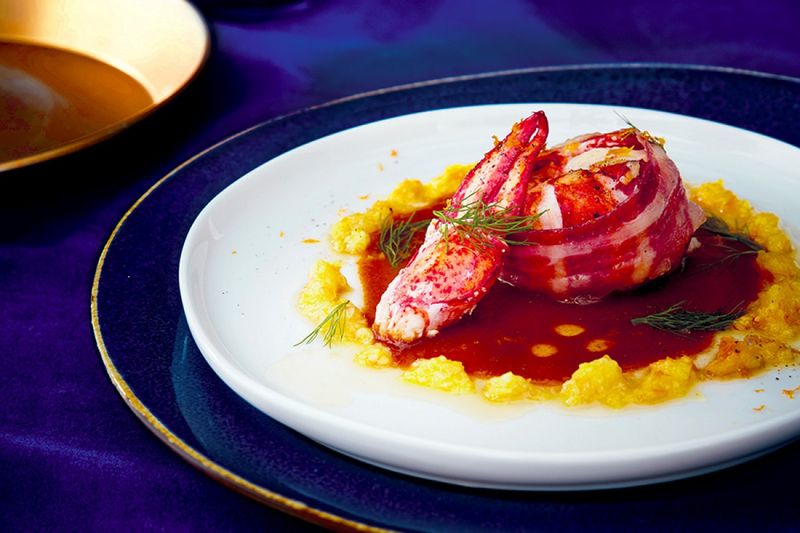
Lobster was once the ‘cockroach of the sea,’ fed to prisoners and the poor. Now, it’s a luxury item found in upscale dining establishments. In colonial America, these crustaceans were so abundant they piled up on shores. Today, lobster symbolizes indulgence and sophistication. Chefs craft exquisite dishes with butter, herbs, and spices, transforming its perception. The journey from humble beginnings to gourmet stardom is a testament to its versatility.
Oysters
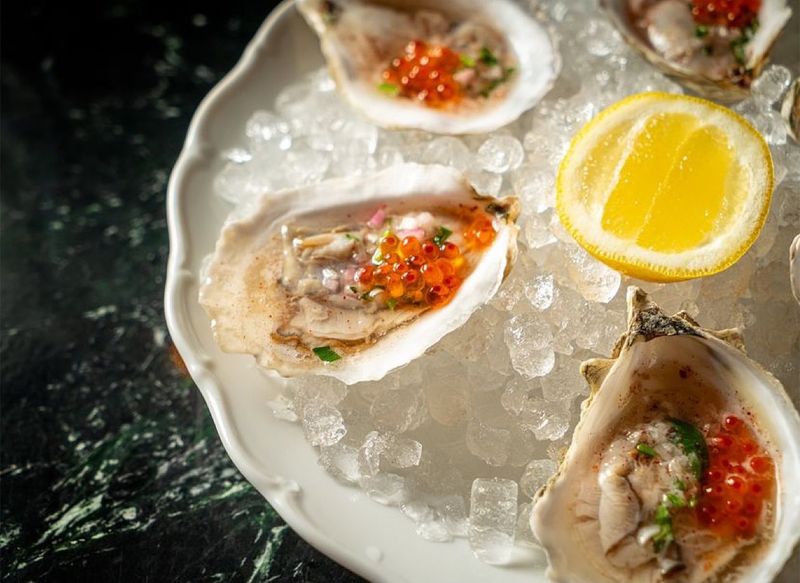
Once a cheap street food, oysters have become a symbol of luxury. In the past, they were sold for pennies and eaten by the working class. Overfishing led to scarcity, turning them into a coveted delicacy. Today, they are savored alongside champagne in upscale restaurants. The transformation from common nourishment to an indulgent treat reflects their changing status in culinary culture. Their briny flavor now delights discerning palates.
Escargot
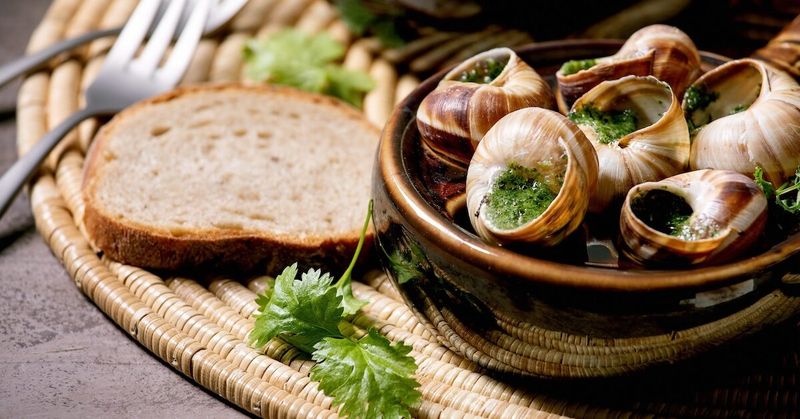
Escargot, or snails, were once gathered by rural Europeans for free protein. French chefs elevated them by preparing with garlic butter and herbs. This transformation made them a sophisticated appetizer in fine dining. The snails, once mere garden inhabitants, now grace plates in elegant restaurants. Their journey from humble beginnings to gourmet acclaim highlights culinary innovation. Snails have become an emblem of French cuisine, celebrated for their unique taste.
Chili con Carne
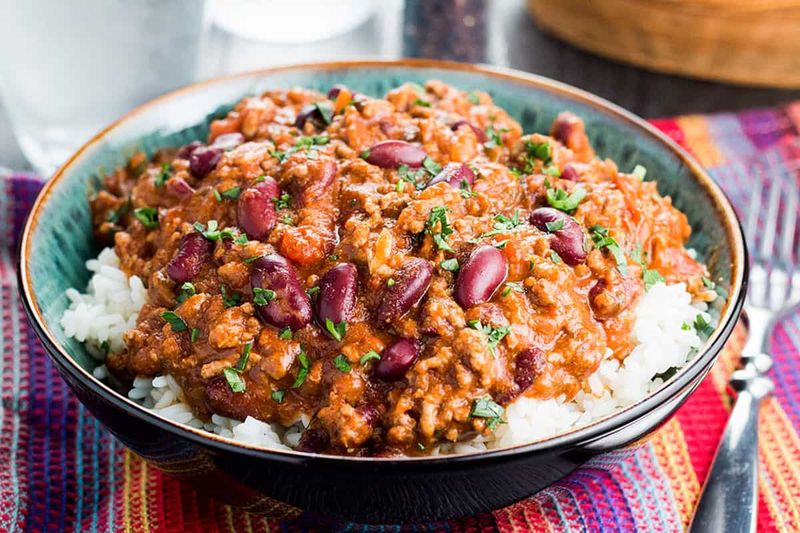
Chili con Carne, originating in Texas prisons, was once made with inexpensive ingredients like beans and meat scraps. It has since become a cherished dish in Tex-Mex cuisine. The humble chili has evolved into a comfort food staple, enjoyed across the United States. Chefs now experiment with flavors and ingredients, elevating its status. The transformation from prison fare to a beloved meal highlights its enduring appeal and adaptability.
Ramen Noodles
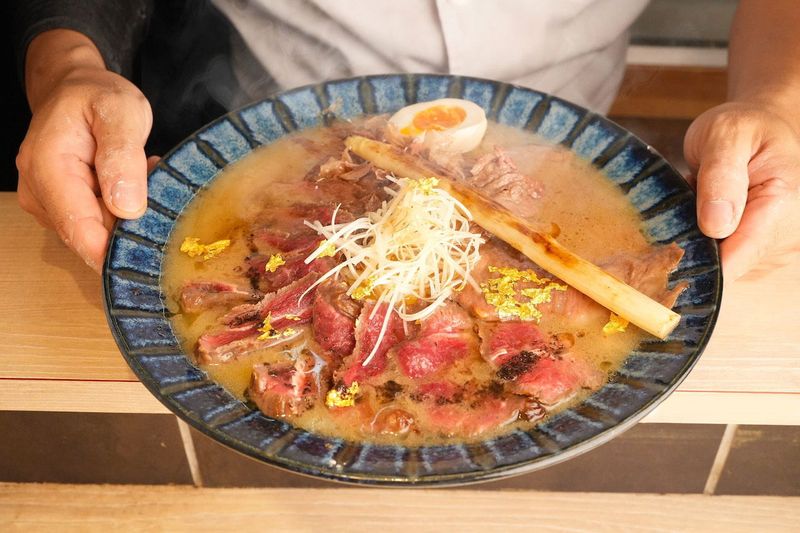
Ramen noodles, long a staple in prisons, have been transformed into gourmet creations. Inmates once added commissary items like chips and spices to elevate the humble instant noodle. This creativity inspired innovations among students and budget-conscious individuals. Ramen shops now craft elaborate bowls with rich broths and diverse toppings. The journey from simple sustenance to gourmet delight showcases its versatility and universal appeal.
Caviar

Caviar’s journey from humble beginnings to luxury epitomizes culinary elevation. Originating as a staple for Russian peasants, caviar was once plentiful and affordable, often used to season dishes. Overfishing and rising demand transformed it into a precious delicacy. Today, caviar graces the tables of opulent events, served with champagne and fine accompaniments. Its allure lies in the delicate texture and rich, briny flavor that chefs worldwide covet. The tiny pearls symbolize sophistication and indulgence, making caviar a sought-after experience for connoisseurs. Its transformation underscores the changing perceptions of what defines luxury.
Truffles

Truffles, once foraged by pigs and dogs for rural communities, have ascended to the pinnacle of gourmet cuisine. Their earthy aroma and intense flavor make them a prized ingredient among top chefs. Found in the root systems of certain trees, truffles require skilled hunters to locate them. As demand has surged, truffles have become a symbol of culinary prestige, often auctioned for exorbitant prices. Their rarity and unique taste elevate any dish, turning simple meals into extraordinary experiences. From humble forest floors, truffles now captivate palates worldwide, representing luxury and exclusivity.
Foie Gras
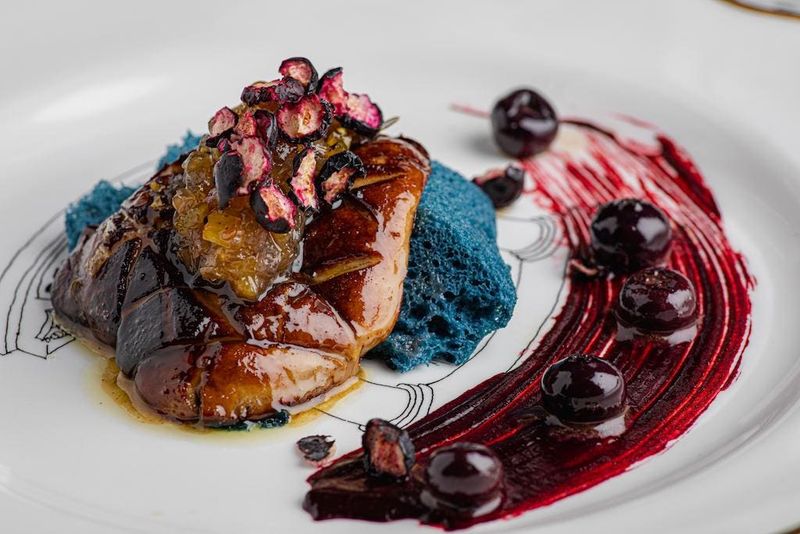
Once a practical method of preserving liver, foie gras has transformed into a gourmet emblem. Originating in ancient Egypt, it was made by force-feeding geese and ducks to enlarge their livers. Today, foie gras is synonymous with French haute cuisine, adored for its buttery texture and rich flavor. Despite ethical debates, its culinary status remains unchallenged, featured in prestigious menus worldwide. Chefs use foie gras to craft exquisite dishes that highlight its luxurious qualities. This transformation from a basic preservation technique to a culinary jewel illustrates foie gras’s enduring appeal.
Pâté
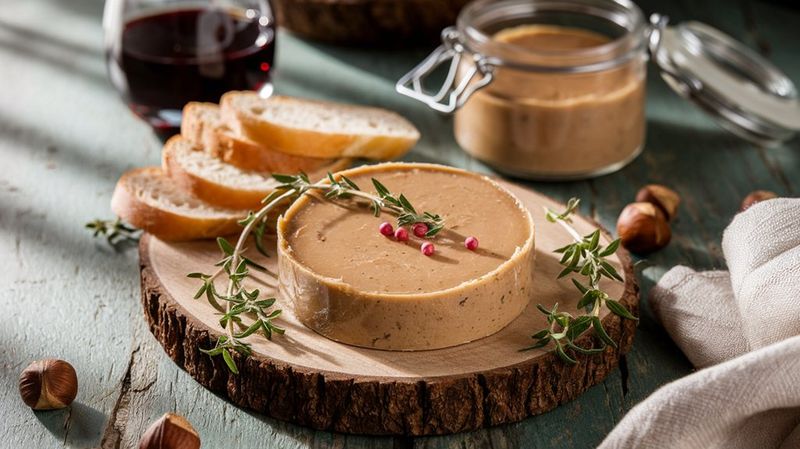
Pâté, once a simple spread made from cheap cuts, is now a gourmet delicacy cherished by food aficionados. Originating in rural France, it was a way to utilize every part of the animal. Over time, pâté evolved, incorporating refined ingredients and sophisticated flavors. Today, it graces the tables of high-end restaurants, celebrated for its rich texture and savory depth. Chefs craft artisanal varieties, adding truffles or exotic spices to enhance its allure. From humble beginnings, pâté has captivated gourmands with its transformation into a symbol of culinary refinement.
Polenta

Polenta, once a peasant staple in Northern Italy, has gained gourmet recognition for its versatility and comforting nature. Made from cornmeal, it was a filling, budget-friendly food for agricultural communities. Modern chefs have elevated polenta, experimenting with flavors and textures to create sophisticated dishes. Whether served creamy or grilled, it pairs beautifully with rich sauces and meats. Its adaptability has endeared polenta to culinarians, who appreciate its rustic charm and potential for innovation. Today, polenta’s evolution from a humble grain to a culinary delight illustrates its timeless appeal.
Risotto
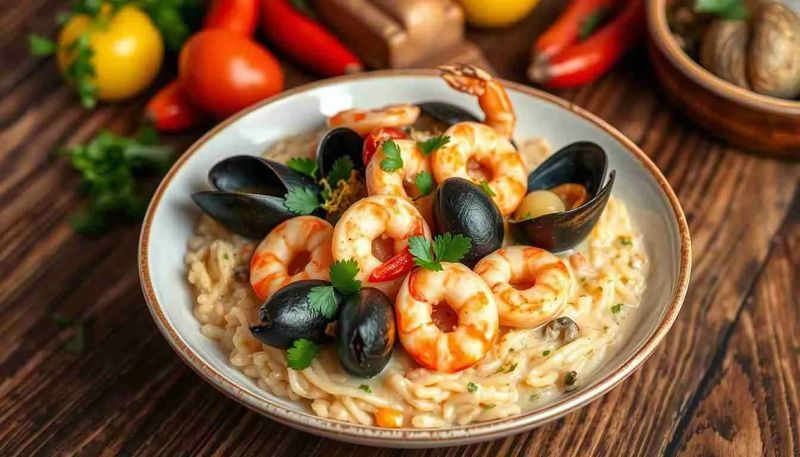
Risotto, a humble Italian rice dish, has transformed into a gourmet favorite through culinary innovation. Traditionally a method to stretch limited ingredients, risotto was a staple for Italian families. Today, chefs add luxurious components like saffron, truffles, and seafood, turning it into a premium experience. The creamy texture and rich flavors are crafted through patience and skill, elevating risotto to fine dining status. Its journey from a simple comfort food to a sophisticated dish showcases the creativity and artistry in Italian cuisine, making risotto a beloved choice for gourmets.
Pork Belly
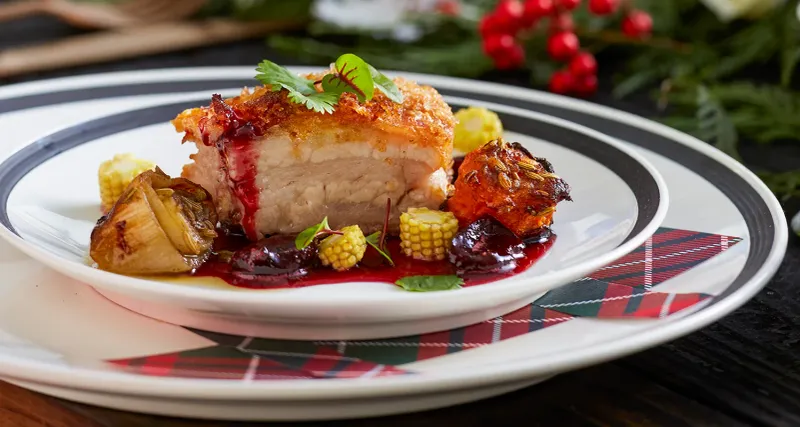
Pork belly’s rise from a cost-effective meat to gourmet fare highlights culinary ingenuity. Once a staple for Asian and rural households, it was appreciated for its affordability and flavor. Chefs have embraced pork belly, experimenting with cooking techniques to enhance its rich taste and tender texture. Today, it’s featured in upscale menus, often accompanied by refined sauces and sides. The crispy skin and succulent meat create a delightful contrast that diners cherish. Pork belly’s transformation into a sophisticated dish exemplifies the creativity and appreciation for traditional ingredients in modern cuisine.
Duck Confit
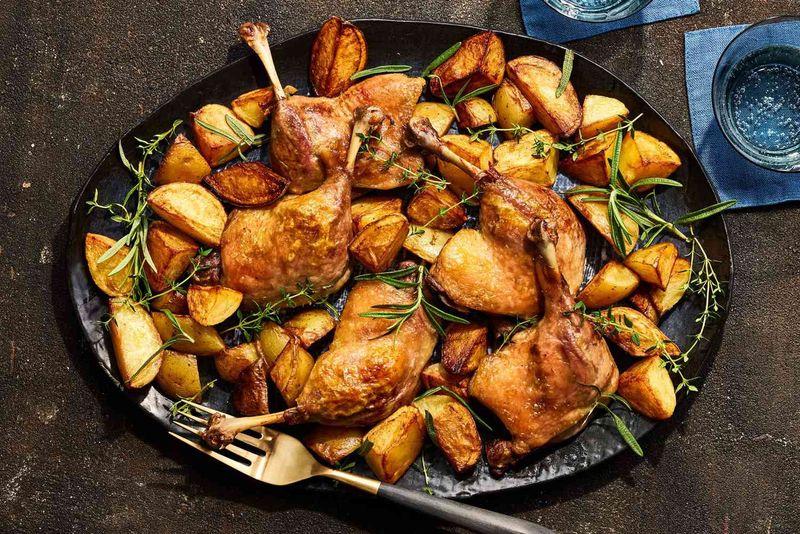
Duck confit, a French classic, has evolved from a preservation technique to a gourmet delight. Initially, it was a way to store duck meat using fat, ensuring it lasted through harsh winters. Today, duck confit is celebrated for its rich flavor and tender texture, a hallmark of French cuisine. Chefs worldwide embrace its versatility, pairing it with diverse ingredients to create exquisite dishes. The contrast between the crispy skin and succulent meat exemplifies culinary sophistication. Duck confit’s journey from a practical necessity to a coveted dish demonstrates its timeless appeal.
Bone Marrow
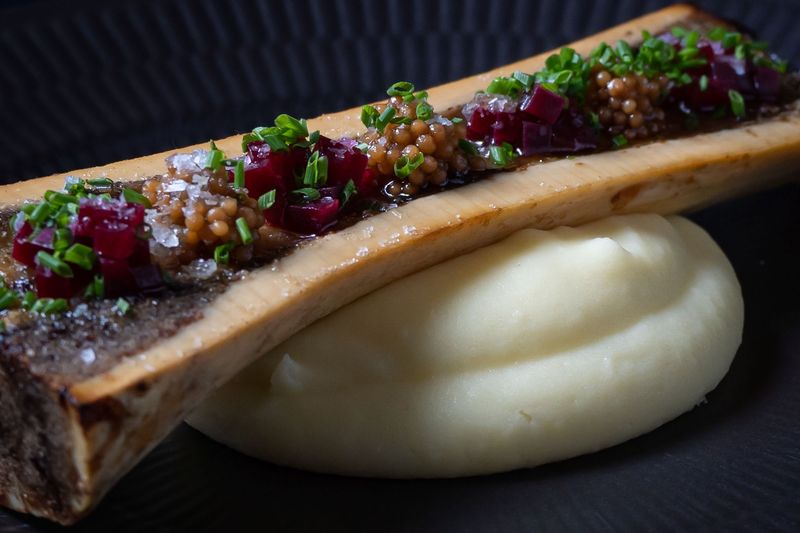
Bone marrow, once overlooked as a byproduct, now enjoys praise as a gourmet delicacy. Traditionally used in soups and stews for its rich flavor, marrow has found its way into upscale restaurant menus. Its creamy texture and umami depth are enhanced through roasting, creating a luxurious experience. Chefs pair it with artisanal bread and garnishes, transforming marrow into a star ingredient. The resurgence of nose-to-tail cooking has elevated marrow’s status, with diners appreciating its indulgent qualities. Bone marrow’s transformation showcases the culinary shift towards valuing every part of the animal.
Sweetbreads
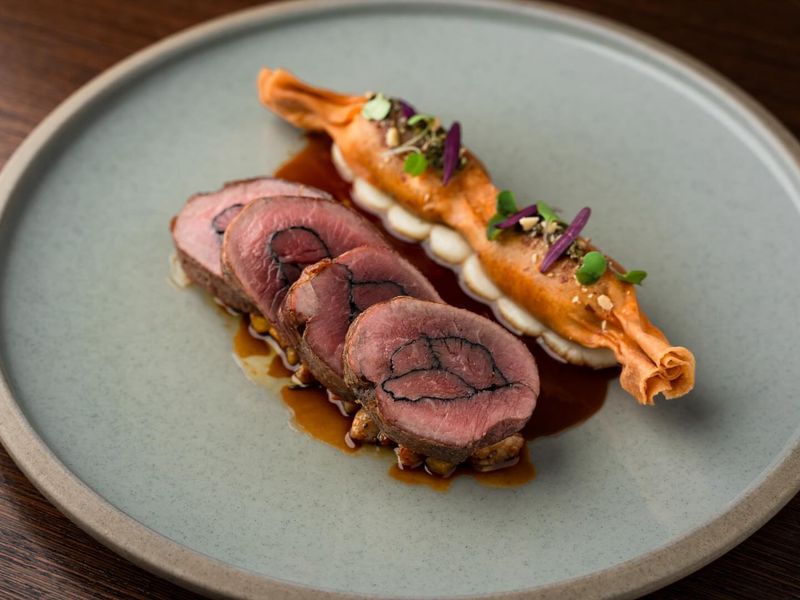
Sweetbreads, the thymus or pancreas of a calf or lamb, have transitioned from offal to haute cuisine. Once a thrifty way to utilize every part of an animal, sweetbreads were embraced by chefs for their delicate flavor and creamy texture. Modern culinary techniques enhance their appeal, often seared to perfection and paired with sophisticated sauces. Today, they are a symbol of refined taste, featured in esteemed restaurants worldwide. Sweetbreads’ journey from humble beginnings to gourmet status illustrates the evolving perceptions of offal and the artistry in transforming simple ingredients.
Squid Ink
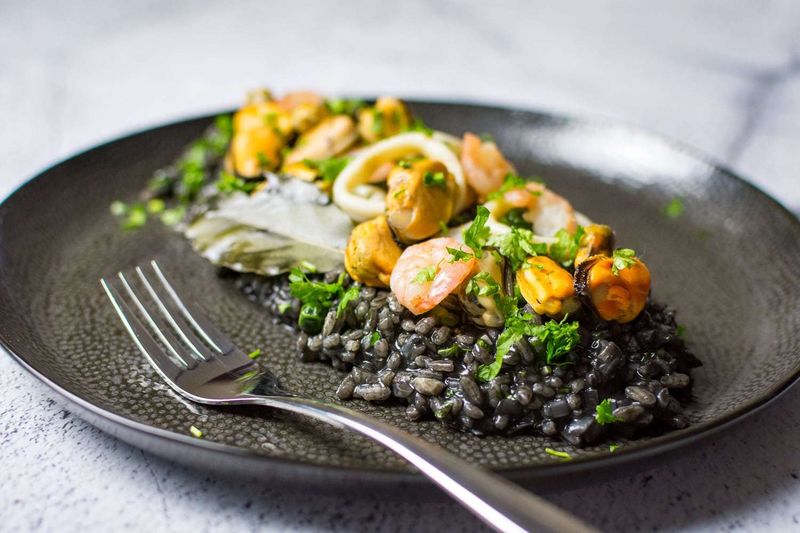
Squid ink, once a humble byproduct, has emerged as a sought-after ingredient in gourmet cooking. Traditionally used by fishermen to add depth to soups and stews, squid ink’s unique color and briny flavor have captivated chefs. Its dramatic appearance and rich taste enhance pastas, risottos, and sauces. The striking black hue adds visual intrigue to dishes, elevating them to an art form. Chefs leverage squid ink’s novel qualities to craft memorable culinary experiences. Its transformation from a simple additive to a gourmet staple underscores the creativity in modern gastronomy.
Chia Seeds

Chia seeds, once a dietary staple for ancient Aztecs, have resurfaced as a modern superfood. Initially overshadowed by more mainstream grains, chia’s nutritional prowess was rediscovered by health enthusiasts. Packed with omega-3s, fiber, and protein, they offer versatility in culinary applications. Chia seeds thicken puddings, enhance smoothies, or top salads, lending a subtle crunch and nutty flavor. Their rise from obscurity to a trendy ingredient highlights the evolving emphasis on health-conscious eating. Chia seeds’ reintroduction into modern cuisine has been embraced by chefs and home cooks alike.
Kimchi

Kimchi, a staple of Korean households, has gained international acclaim for its bold flavors and health benefits. Traditionally made from fermented vegetables, kimchi was a method to preserve produce through harsh winters. Now, its spicy, tangy taste is celebrated by chefs worldwide, who incorporate it into innovative dishes. Kimchi’s probiotic qualities have endeared it to health-conscious diners, while its versatility inspires culinary creativity. Its transformation from a humble side dish to a global phenomenon exemplifies the power of traditional foods in modern gastronomy, bridging cultural and culinary boundaries.
Sardines
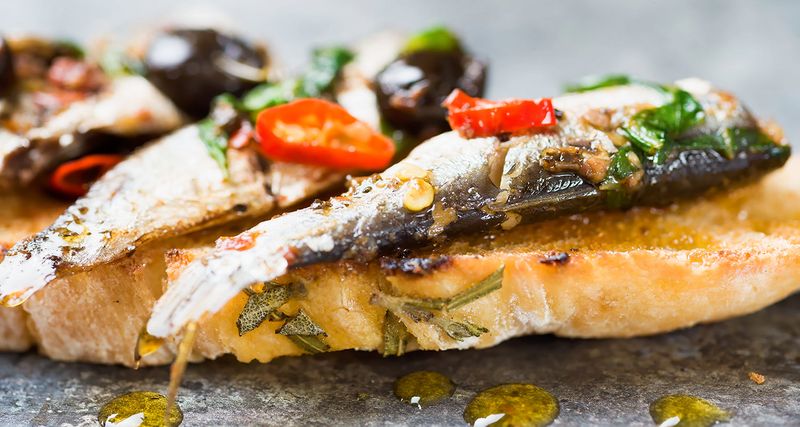
Sardines, once known as a budget-friendly protein, have swum their way into the gourmet spotlight. Prized for their rich flavor and nutritional value, sardines were a staple for coastal communities. Today, chefs embrace their umami depth, serving them grilled or marinated in upscale restaurants. Their sustainability and health benefits appeal to conscious diners, while their robust taste enhances various dishes. Sardines’ journey from humble tinned fish to sophisticated fare reflects the growing appreciation for quality, sustainable seafood. Their transformation underscores a shift towards valuing simple, yet flavorful ingredients.
Octopus
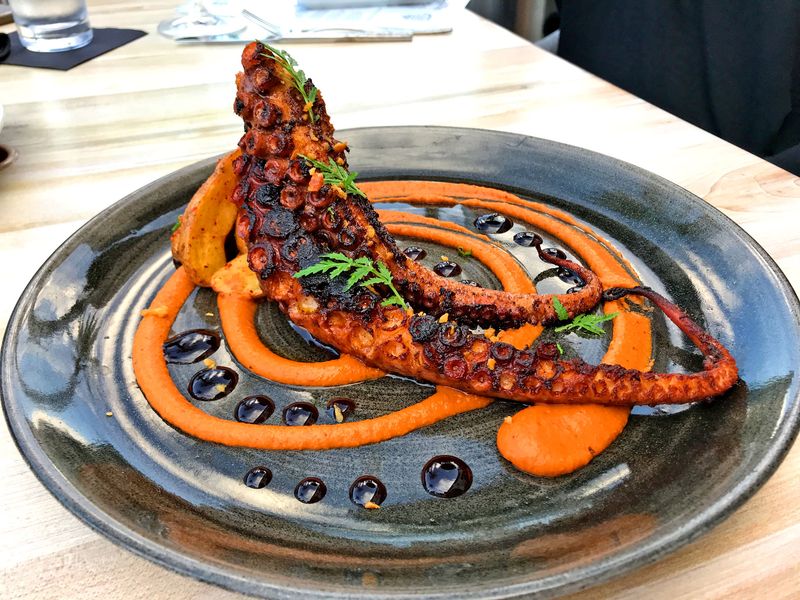
Octopus, once overlooked due to its chewy texture, has become a gourmet favorite through culinary innovation. Traditionally consumed in coastal regions, octopus was often boiled or stewed. Modern chefs have refined cooking methods, achieving tender, flavorful results that captivate diners. Grilled or braised, it’s now a star in sophisticated dishes, paired with vibrant sauces and garnishes. Octopus’s rise to gourmet status highlights the artistry in transforming challenging ingredients. Chefs celebrate its unique qualities, offering memorable dining experiences that showcase both technique and creativity in modern cuisine.
Brussels Sprouts

Brussels sprouts, once reviled by picky eaters, have undergone a remarkable culinary makeover. Often boiled to mush in the past, they were a dreaded vegetable for many. Today, chefs embrace roasting and caramelizing techniques that unlock their sweet, nutty flavor. Paired with bacon, balsamic, or exotic spices, Brussels sprouts are now a favorite on artisanal menus. Their transformation from a mundane side dish to a trendy vegetable illustrates the impact of creative cooking. Brussels sprouts’ newfound popularity reflects the evolving tastes and appreciation for quality, seasonal produce.
Quinoa
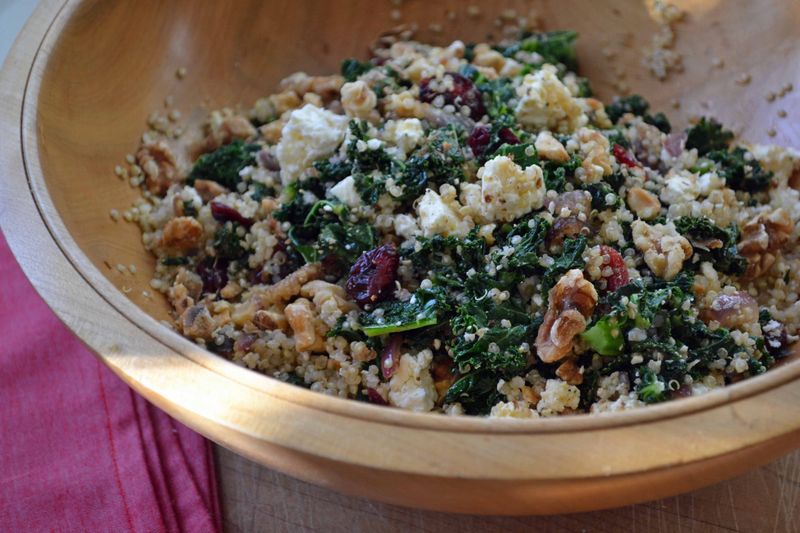
Quinoa, an ancient grain from the Andes, has risen from obscurity to health-conscious stardom. Once a staple for indigenous peoples, quinoa provides complete protein, attracting nutrition enthusiasts. Its nutty flavor and versatility make it a favorite in modern kitchens. Chefs incorporate quinoa into salads, bowls, and main courses, elevating its status to gourmet acclaim. Its journey from a humble grain to a culinary sensation highlights the growing interest in nutritious, sustainable foods. Quinoa’s rise reflects the evolving appreciation for traditional ingredients that offer both health benefits and culinary potential.
Leave a comment